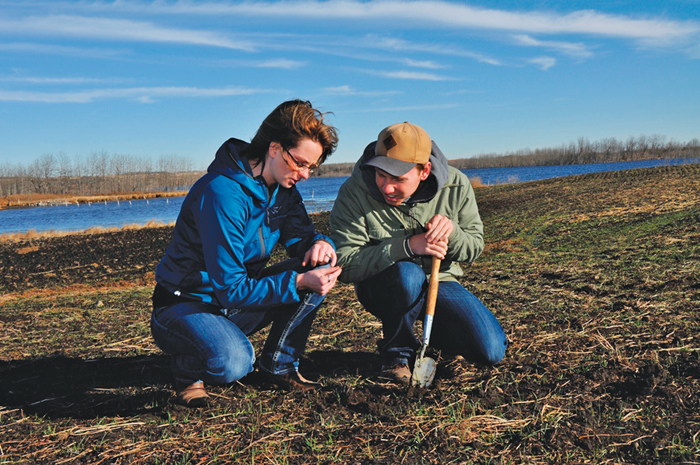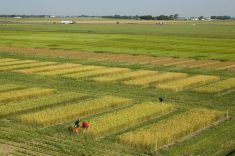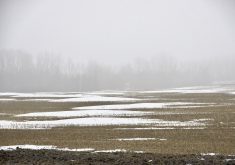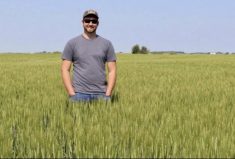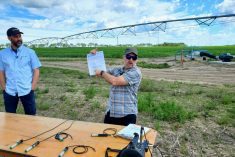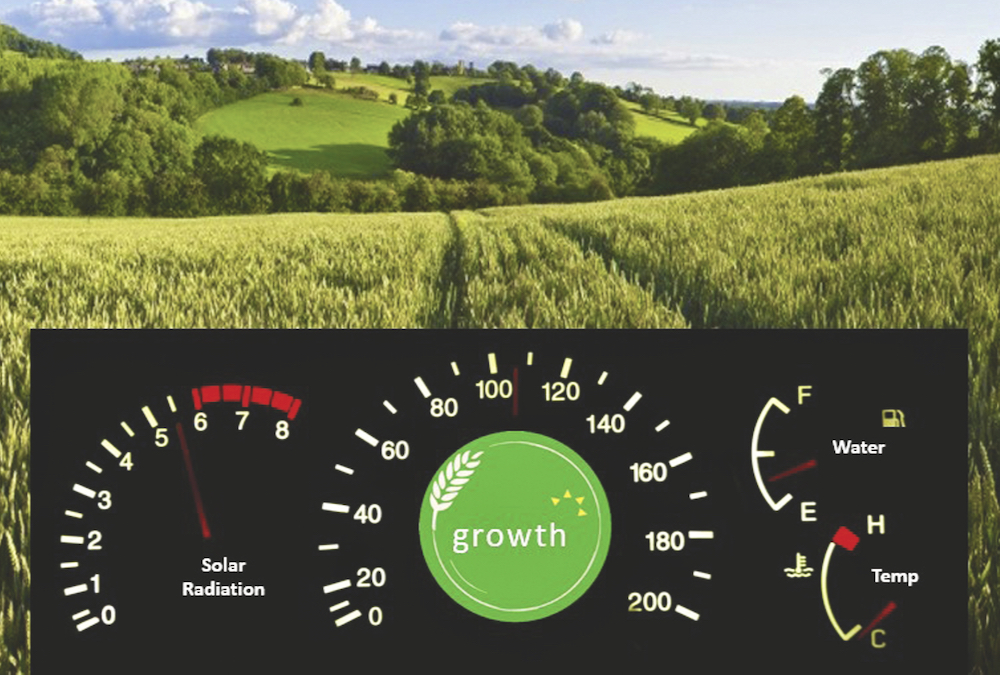The goal is ambitious — convince Prairie farmers to plant two million acres of winter wheat by 2019 — but the backers of the Western Winter Wheat Initiative admit they have a steep hill to climb.
Even though winter wheat yields were 32 per cent better than those for spring wheat in 2012 and offered almost twice the return on investment compared to spring wheat in 2013, the crop made up less than seven per cent of total wheat acreage harvested across the country in 2014.
And the numbers will fall further in this crop year.
Last fall, 170,000 acres of winter wheat were planted in Alberta and 665,000 in Western Canada — a 10 per cent year-over-year drop in Alberta and a much more significant decline for Western Canada.
“We dropped by 20,000 acres in Alberta comparing 2013 to 2014 seeding,” said Janine Paly, an agronomist with Ducks Unlimited Canada in Edmonton, and one of five agronomists working on the winter wheat initiative.
“But Manitoba and Saskatchewan’s acreage dropped in half, so our drop isn’t nearly as significant. Across Western Canada, it’s not that producers chose not to plant winter wheat this year — it’s that they weren’t able to because of late harvests.”
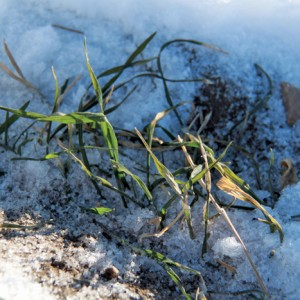
But concerns about winterkill and questions about profitability are also factors, although Paly argues they are unfounded and the pressure of fall planting pays off in the spring.
“There is fear of the unknown — it can be hard for growers to try something new,” she said. “And there is also misperception of what they hear about things like winterkill. Absolutely, those barriers do have an effect on decreasing growers’ interest in winter wheat. Our job is to try to overcome those barriers by educating people about the yield, and economic and agronomic benefits of winter wheat.”
Still, winter wheat acreage in Alberta has held relatively steady — and relatively low — for 30 years, hovering around the 100,000- to 150,000-acre mark except for a short-lived spike to 300,000 acres in 2007. Last year’s harvested crop for all of Western Canada was 1.1 million acres, barely half of the two-million-acre goal.
Read Also

Hail research hopes to benefit potato growers
Alberta research scientist measures hail storm and heat dome affects on potato crops
The top barrier to uptake, said Paly, is an unfair stigma about the risk of winterkill.
“When producers think about winterkill, they think about what used to happen in the ’80s,” she said. “But our agronomic practices are completely different than they were back then, and our varieties are much better than they were.
“This is not the same crop it used to be, so doesn’t deserve the stigma that many still hold against it.”
However, last year was a tough year for winterkill, and the temperature roller-coaster this winter won’t do this year’s crops any favours. While winter wheat can survive very low temperatures, rapid thawing followed by extreme cold can cause snow to melt and pool around plants and then freeze solid, which can suffocate the plant.
“This winter is not a normal year, some winterkill could have occurred with the fluctuation in temperatures,” said Paly. “My best advice to producers is: give the crop time to recover and don’t make hasty decisions too early in the spring.”
Survivability is usually a bigger issue in late winter than now.
“Winter wheat’s hardiness builds in the fall, reaches (its) max in the winter, and then slowly tapers off closer to spring,” said Paly.
“If we get extreme temperature changes in December and January, we’re somewhat protected because that’s when the plant is at peak winter hardiness. Where we really find survivability issues is when dramatic temperature fluctuations happen in late winter or early spring. When producers talk about winterkill, they’re actually usually talking about spring kill.”
A Quebec study found doubts about the crop’s profitability rank as the second-biggest barrier to winter wheat uptake.
“The concern about profitability is purely a lack of knowledge,” said Paly. “For the past three years… Manitoba and Saskatchewan have released a list of what they predict to be the top economically beneficial crops for the coming year. Winter wheat is ranked either No. 1 or No. 2 every time.”

